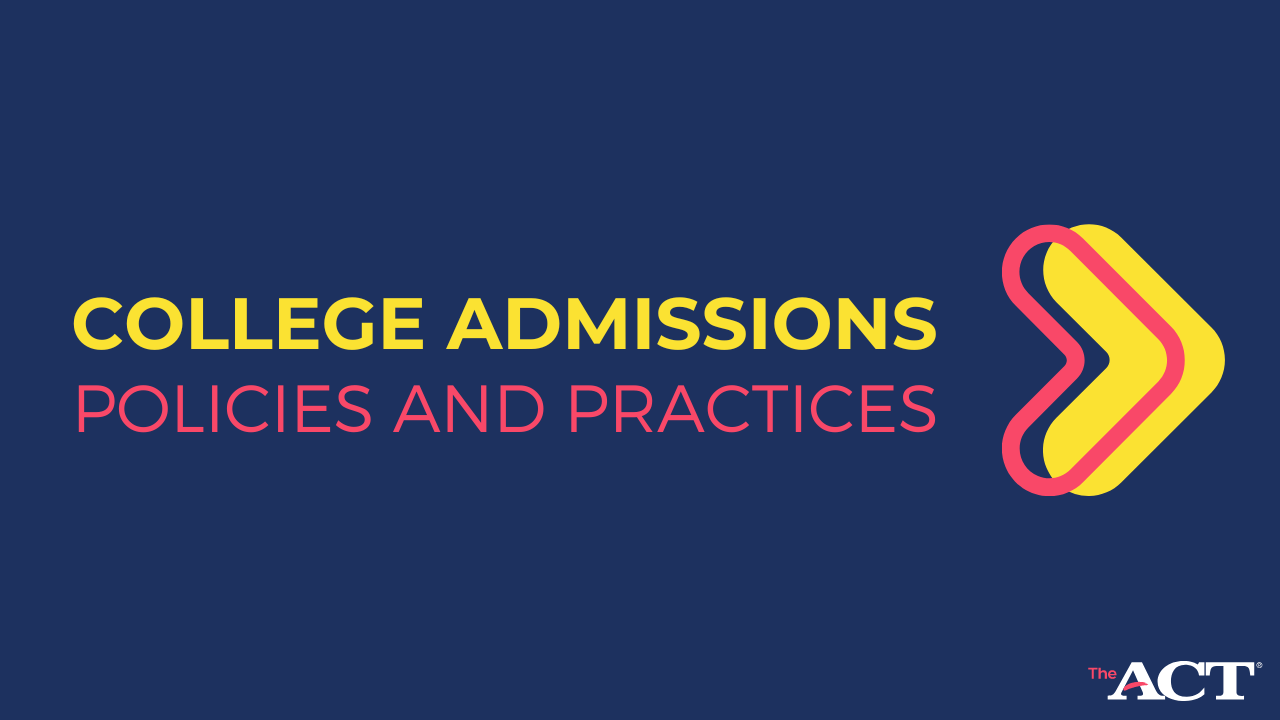Your College Application
Crafting a Resume that Stands Out from the Crowd
Your résumé should illustrate accomplishments beyond what colleges see in a transcript and highlight experiences you weren’t able to mention in an essay or application form.
Step 1: List everything you’ve done. What have you accomplished during your high school career? Awards, honors, leadership roles, community service projects, skills, talents, work experience, etc. – write it all down.
Step 2: Decide what should go into your résumé. Once you have everything written down, cut down the text until what you have left are your most impressive accomplishments and roles. This is where a counselor, teacher, or parent could help you decide what to ultimately include in your final draft.
Step 3: Format your résumé - A general rule is to keep your entire résumé on one page (two pages, at the most).
- Contact information - Name, email address , phone number, and home address
- Education - High school name, GPA, Class rank (only include this if your rank is not highlighted on any other documents, or if it’s an emphasis for a college’s admissions process)
- Accomplishments - Next, include the accomplishments and roles you selected to go on the résumé, grouped into specific sections. For example, you may have some, or all, of these sections: Summer programs, Honors and awards, Extracurricular activities and your roles within them, Volunteer activities, Work experience, Skills and/or talents. (Each section should list the most recent accomplishments and roles first). Describe each experience in a bulleted list format, making it easily readable for admissions officials. Begin each bullet with an action verb and use concise language, including numbers that describe your accomplishments (money raised, etc.).
Step 4: After you have a draft, review and revise it. Finally, ask a counselor, teacher, friend, or parent to review your résumé. Use helpful feedback when you are making revisions.
Making Sense of Recent Changes to Admission Policies and Practice
My Journey On-Demand Session
Many colleges and universities have had to adapt and alter their admission policies in response to the pandemic, but along the way some of these changes have made life more complex and challenging for students on the college-going journey. 
Check out this session to benefit from resources and guidance intended to help make sense of some of the dynamic and complex aspects of today's college admissions process.

More Resources for College Applications
A list of resources to help you navigate the exciting journey of applying to college.